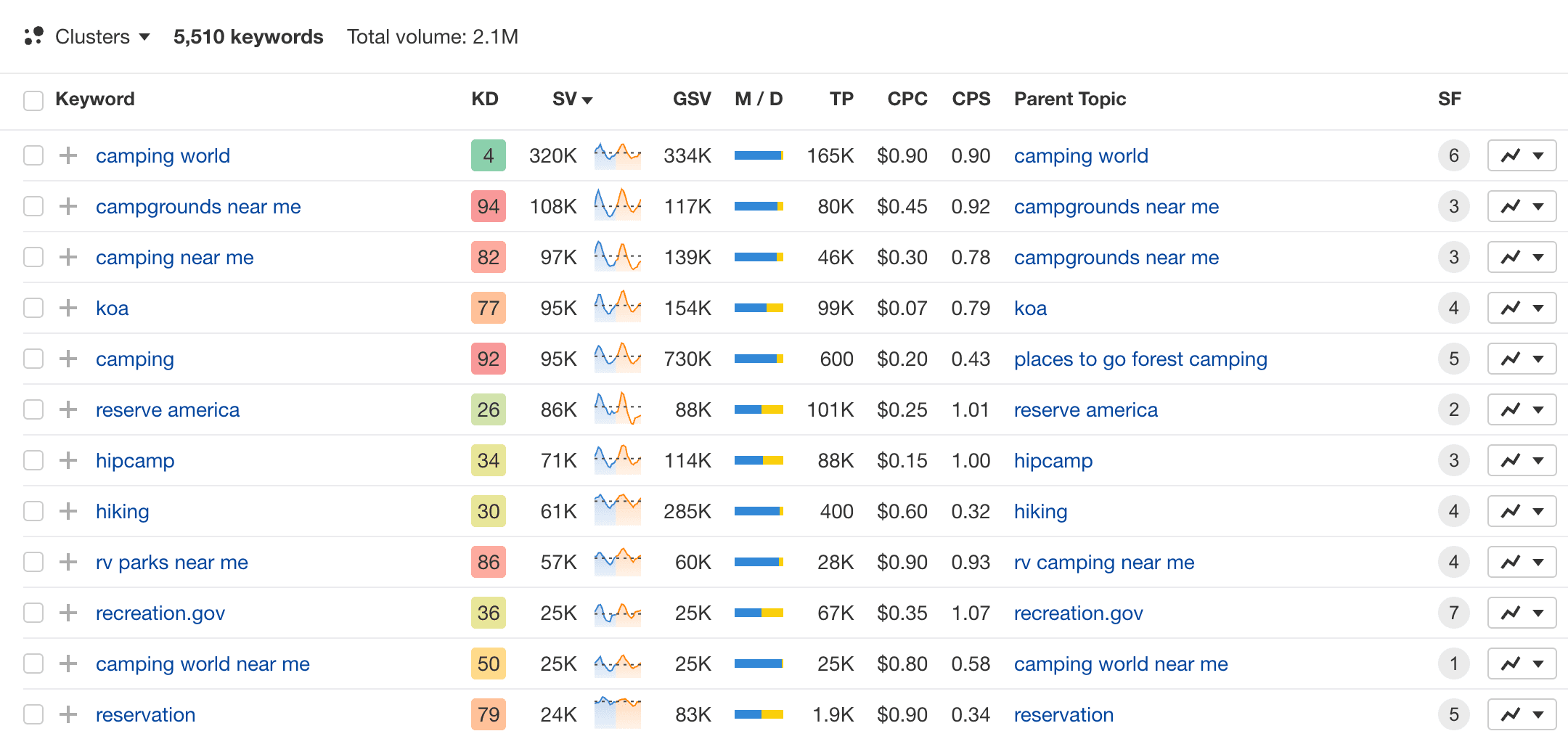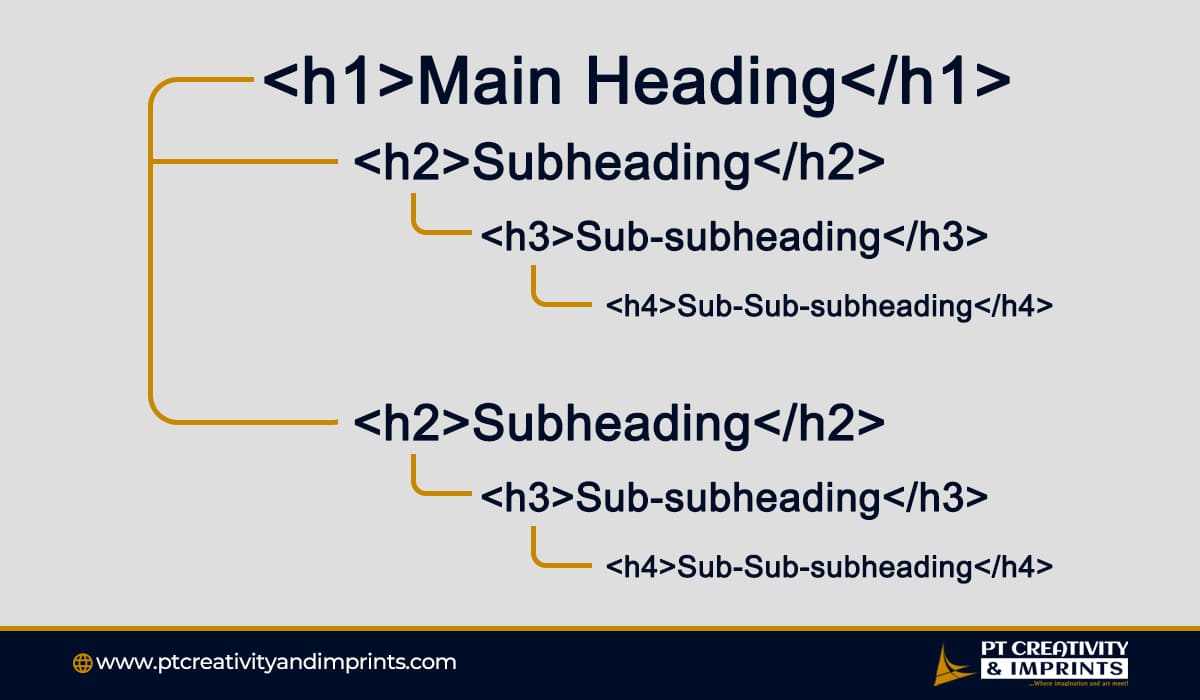Search Engine Optimisation (SEO) plays a vital role in achieving success online in the current digital era. The visibility of your website on various search engines, including Google, Bing, and Yahoo, is a determining factor in your online presence. SEO involves the art and science of improving a website's exposure on search engine results pages (SERPs). Enhanced visibility brings about increased traffic, potentially resulting in higher engagement, conversions, and revenue. Given the intense competition among millions of websites, it is imperative to master SEO strategies to differentiate yourself and effectively reach your desired audience.
This comprehensive guide will delve into the secrets of SEO, providing proven strategies to boost your website's visibility and achieve better rankings.
Understanding SEO: The Basics
What is SEO?
SEO is the process of enhancing your website to make it more appealing to search engines in order to rank highly on SERPs. The higher your site ranks, the more likely it is to be seen by potential visitors. SEO has become essential for achieving success online in the current digital environment. It aids in distinguishing your website from a vast number of rivals and connecting with your desired audience efficiently.
How Search Engines Work
In order to grasp the concept of SEO, one must comprehend the inner workings of search engines. The process consists of three primary phases: crawling, indexing, and serving search results.
- Crawling: Search engines utilise automated programs known as crawlers or spiders to navigate the vast expanse of the internet and uncover new web pages. These crawlers meticulously follow links from established pages in order to unearth fresh and engaging content.
- Indexing: Once a page is crawled, search engines proceed to index the content they have collected. This entails analysing the text, images, and videos present on a page. The information gathered is then stored in an extensive database referred to as the index.
- Serving search results: Finally, when a user enters a query, the search engine scours its index for pertinent pages and delivers what it deems to be the most pertinent and high-quality results.
It is crucial to understand that Google does not accept payment to increase the frequency of crawling a site or boost its ranking. Any claims to the contrary are simply false.
SEO Categories
SEO can be broadly divided into two categories: On-Site SEO and Off-Site SEO.
On-Site SEO: This involves optimising elements on your website. Critical components include:
- Keyword Exploration: identifying and targeting the appropriate keywords that your target audience is searching for.
- Content Quality: generating valuable, pertinent, and high-quality content that meets the demands of your target audience.
- Meta Descriptions: enhancing meta titles and descriptions to enhance click-through rates.
- URL Organisation: crafting neat and keyword-rich URLs.
- Internal Connections: organising links within your website to enhance navigation and credibility.
Off-Site SEO: This concentrates on activities conducted outside your website to enhance its ranking. Key components include:
- Backlinks: obtaining high-quality backlinks from reputable websites.
- Social Indicators: utilising social media to boost your site's visibility and interaction.
- Brand Mentions: having your brand referenced on other websites, even without a direct link.
Both on-page and off-page SEO are essential for improving your website's visibility and authority in SERPs.
Proven On-Page SEO Strategies
1. Keyword Research and Optimisation
Keyword analysis is the cornerstone of every victorious SEO plan. Tools such as Google Keyword Planner, Ahrefs’ Keyword Explorer, and SEMrush’s Keyword Magic Tool aid in pinpointing pertinent keywords with substantial search volume and minimal competition. When you acquire your desired keywords, skilfully integrate them into your content, meta tags, headings, and URLs.

IMAGE CREDIT: AHREFS
2. High-Quality Content Creation
Content is king in the world of SEO. Craft content that is informative, captivating, and customised to meet the needs of your readers. Place emphasis on creating comprehensive content, as it often performs more effectively in search engine rankings. Furthermore, consistently refreshing or updating your content guarantees its continued relevance and utility.
3. Optimising Meta Tags
Meta titles and descriptions are crucial for improving your click-through rates. Be sure to create captivating meta titles that incorporate your desired keywords. Likewise, craft brief and convincing meta descriptions that lure users to click on your hyperlink. Ensure that your title tags are maintained within a range of 50 to 60 characters to prevent Google from truncating them.

4. Improving Site Structure and Navigation
A nicely organised site improves user interaction, and readability, making it easier for search engines to navigate and index your website. Utilise precise and detailed headings (H1, H2, H3, etc.) to structure your content effectively. Establish a rational URL layout that mirrors your site's content hierarchy.

5. Internal Linking
Internal links aid in distributing link authority throughout your website and enhancing its general credibility. Additionally, they simplify the navigation process for visitors to your website. Ensure your internal links are relevant and provide additional value to your readers.
Proven Off-Page SEO Strategies
1. Building High-Quality Backlinks
Links from reputable websites indicate to search engines that your content is reliable and valuable. Concentrate on obtaining links from authoritative websites in your specific industry. Guest blogging, reaching out, and producing shareable material are successful methods to acquire top-notch backlinks.
2. Leveraging Social Media
Social media platforms can greatly enhance the visibility of your website. Post your content on sites such as Facebook, Twitter, LinkedIn, and Instagram to expand your audience. Also, sharing links to your content on social media can increase website visits. Build recognition through a consistent social media presence, which can lead to more branded searches and improved rankings for non-branded keywords. Interact with your followers, reply to comments, and encourage social sharing to increase your reach.
Optimise your social media for SEO by using relevant hashtags to improve content discoverability. Integrate social sharing buttons on your website to encourage content distribution.
3. Brand Mentions
Despite not providing a direct link, references to your brand can boost the credibility and exposure of your website. Keep track of brand mentions with tools such as Google Alerts and react accordingly. Building relationships with industry influencers and bloggers can also lead to valuable brand mentions.
Technical SEO: Enhancing Performance and User Experience
Technical SEO focusses on optimising the backend aspects of your website to improve its performance and user experience. Key components include:
1. Site Speed
A fast-loading website is crucial for both the user experience and SEO. Use tools like Google PageSpeed Insights, Pingdom, and GTmetrix to analyse your site's speed and implement recommended optimizations. Compress images, leverage browser caching, and use a Content Delivery Network (CDN) to improve load times.
2. Mobile Optimisation
With the majority of users accessing websites via mobile devices, it is imperative to possess a website that is compatible with mobile devices. Employ responsive design to guarantee that your website adjusts accordingly to various screen dimensions. Utilise tools like Bing's Mobile Friendliness Test Tool, Bing's Mobile HubSpot’s Website Grader, and mobiReady to pinpoint and rectify any mobile user-friendliness concerns.
4. Secure Your Site with HTTPS
Security plays a crucial role in search engine rankings. It's imperative to have your website secured with HTTPS to safeguard user information and enhance the credibility of your site. Acquire an SSL certificate and migrate your site to HTTPS.

5. Fixing Broken Links and Errors
Broken links might negatively impact your website's SEO and user satisfaction. Conduct routine checks on your website for damaged links and 404 errors, utilising tools such as Screaming Frog and Google Search Console. Addressing these concerns promptly is crucial to preserving a seamless user experience. Fix these issues promptly to maintain a smooth user experience.
For a vast website, it may happen to overlook a few faulty links; hence, including a 404-error webpage can be an added advantage. An effectively crafted 404 error webpage enhances search engine optimisation by diminishing bounce rates, upholding site organisation, and enhancing crawl effectiveness. It directs users to pertinent material, notifies search engines about inexistent pages, and averts duplication content predicaments.
6. XML sitemap
An XML map is important for SEO as it aids search engines in effectively scanning and indexing your site by enumerating all pertinent URLs. It guarantees that even obscure or freshly included pages are found and rated by search engines. Use the XML-Sitemaps tool to create and submit an XML sitemap to help search engines discover and index your pages.
Monitoring and Analysing Your SEO Efforts
SEO is not just a one-time task; it necessitates continuous supervision and enhancement. Utilise tools like Google Analytics, Google Search Console, Semrush, and Ahrefs to keep track of your site's performance. Vital metrics to keep an eye on comprise:
- Organic Traffic: The number of visitors arriving at your site from search engines.
- Bounce Rate: The ratio of visitors who exit your site after perusing only one page.
- Conversion Rate: The ratio of visitors who fulfil a desired action, such as making a purchase or completing a form.
- Keyword Rankings: The placement of your target keywords in search engine results.
Regularly scrutinise these metrics to recognise areas for enhancement and fine-tune your SEO strategy accordingly.
In wrapping up, SEO proves to be a versatile and intricate field that demands a well-thought-out method to attain lasting triumph. By utilising the established strategies for on-page and off-page SEO as described in this manual, you have the potential to significantly enhance the visibility of your website and draw in a greater amount of organic online traffic. Keep in mind that SEO is an ongoing operation that requires consistent monitoring, examination, and enhancement. Keep yourself informed about the latest SEO developments and optimal approaches to outshine your rivals and keep your website's high rank on search engines.









